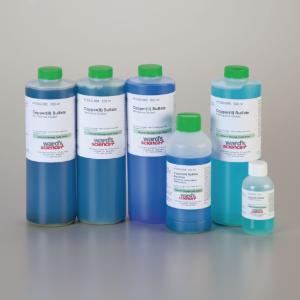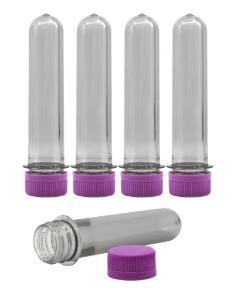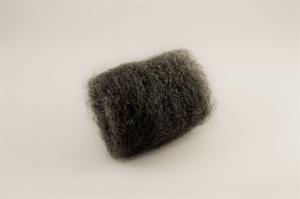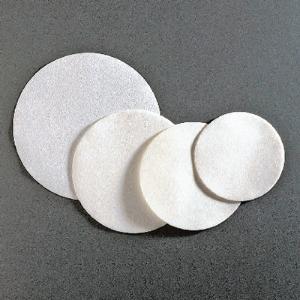Growing Copper Crystals Activity
In this activity, students will practice the observational skills necessary to identifying chemical reactions.
Grade Level: Grades 8-12
Discipline: Chemistry
Standards:
Next Generation Science Standards:
MS-PS1-2: Analyze and interpret data on the properties of substances before and after the substances interact to determine if a chemical reaction has occurred.
MS-PS1-5: Develop and use a model to describe how the total number of atoms does not change in a chemical reaction and thus mass is conserved.
HS-PS1-2: Construct and revise an explanation for the outcome of a simple chemical reaction based on the outermost electron states of atoms, trends in the periodic table, and knowledge of the patterns of chemical properties.
Massachusetts State Standards Alignment:
8.MS-PS1-1: Develop a model to describe that (a) atoms combine in a multitude of ways to produce pure substances which make up all of the living and nonliving things that we encounter, (b) atoms form molecules and compounds that range in size from two to thousands of atoms, and (c) mixtures are composed of different proportions of pure substances.
8.MS-PS1-2: Analyze and interpret data on the properties of substances before and after the substances interact to determine if a chemical reaction has occurred.
8.MS-PS1-5: Use a model to explain that atoms are rearranged during a chemical reaction to form new substances with new properties. Explain that the atoms present in the reactants are all present in the products and thus the total number of atoms is conserved.
When different types of matter interact, they may undergo physical or chemical changes. A physical change can be observed without changing the composition of the matter. A chemical change, or reaction, occurs when two or more substances combine to form a new substance with new properties. In this activity, students will demonstrate a single replacement chemical reaction and identify it's products and reactants. Students will also demonstrate the conservation of matter, observe properties of metals, and practice the observational skills necessary to identifying chemical reactions.
Learn more by downloading the activity plan above.
Recommended Products
[StartProductBlock]

Copper (II) Sulfate Pentahydrate
This product is designed for educational and teaching laboratories.
[EndProductBlock]
[StartProductBlock]

Baby Soda Bottles
Durable plastic jumbo test tubes. Great for all kinds of classroom experiments.
[EndProductBlock]
[StartProductBlock]

Steel Wool Pad
[EndProductBlock]
[StartProductBlock]

Filter Discs
Holds flocculants and precipitates commonly encountered in laboratory exercises.
Shop Now
[EndProductBlock]
